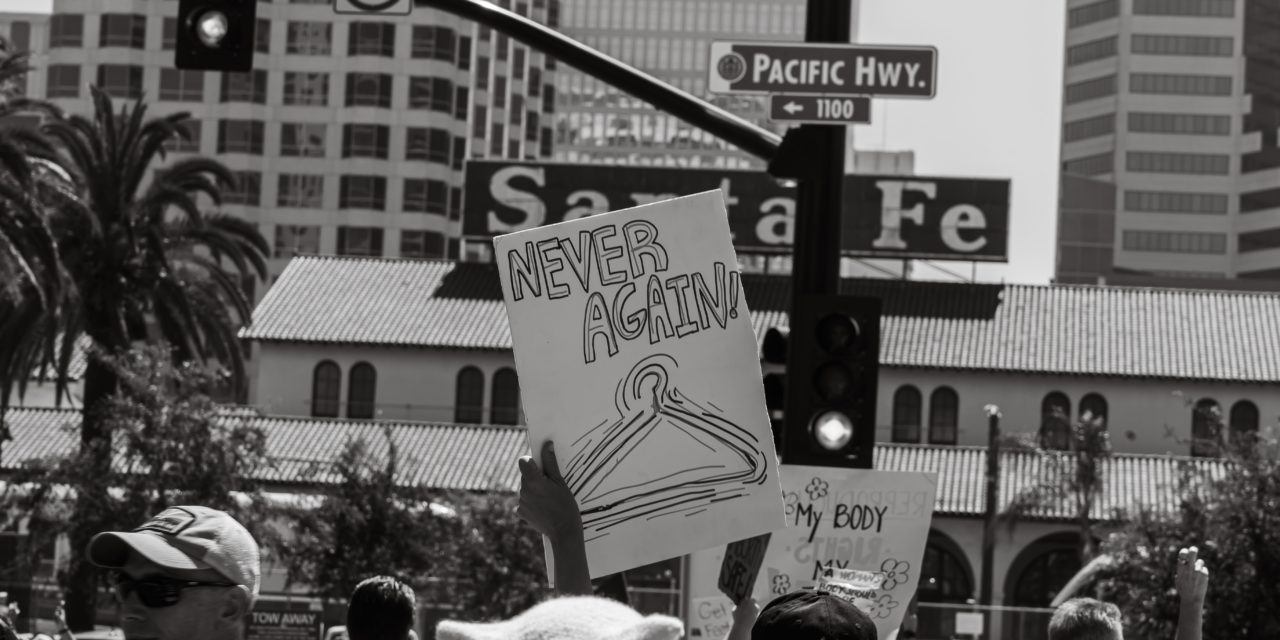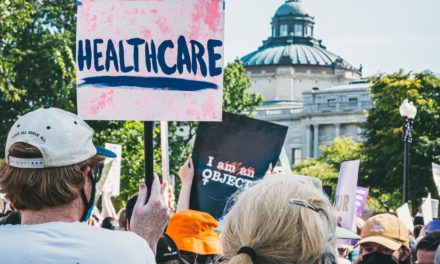The recent overturn of Roe vs. Wade is expected to lead to near-total bans on surgical or pharmaceutically-induced abortions in half of the United States. However, experts say that the impact the overturn will have on abortions funded with public or government budgets is relatively minimal.
According to Tom Cochran, executive director of the United States Conference of Mayors, the Roe overturn will not make any difference in conservative states. These states have already made it difficult for women to obtain abortion services, especially among those in the lower-income brackets.
But Cochran added that the decision’s repercussions would be felt throughout the country, particularly in urban areas. While the Conference of Mayors continues to push Congress towards legalizing abortions on a federal level, many women have lost access to abortion and other critical reproductive health services. It is especially annoying to Cochran that areas where abortion is already illegal make no exceptions for pregnancies caused by incest or sexual assault.
Poorer Women Stand to Lose so Much More
If there is anyone who will suffer the most from the Roe overturn, that would be thousands of women in lower-income brackets who need an abortion.
Many states have restricted public funding for abortions under Medicaid. Indeed, the American Civil Liberties Union (ACLU) notes that only seventeen states have allotted government funding for abortions among poorer women on similar terms to other health services related to pregnancy and reproductive health.
On the other hand, South Dakota only pays for medically-mandated abortions wherein a pregnancy jeopardizes the mother’s health and life. The rest of the states only pay for the abortions of low-income women in specific situations, namely life endangerment, incest, and sexual abuse.
A Drop in the Bucket
It is estimated that abortions made up .02% of all Medicaid expenditures over the past seven years, with just a little over 157,000 abortions performed throughout all 50 states. Most of these were performed in states that used their local government funds to pay for such procedures.
However, the Guttmacher Institute notes a general lack of financial data regarding monies spent on abortions. The Institute also stated that having little to no access to abortion hits women in the lower-income sector hard as they make up nearly 75% of all abortion patients. The impact is particularly brutal on their pockets as a standard procedure costs between $500 to $1,000 – roughly the equivalent of a whole month’s earnings.















